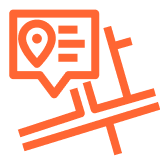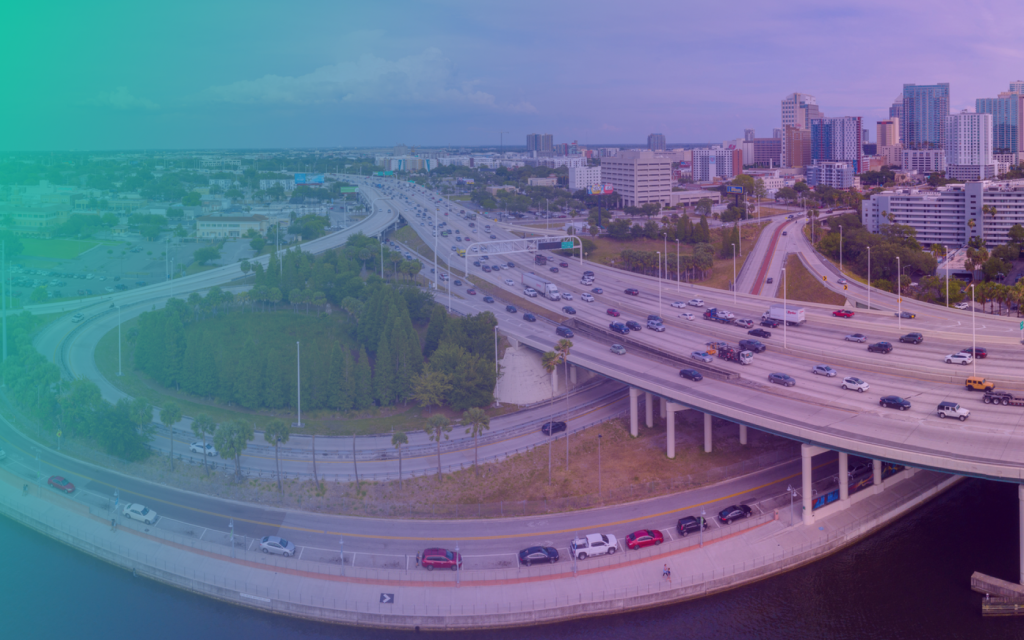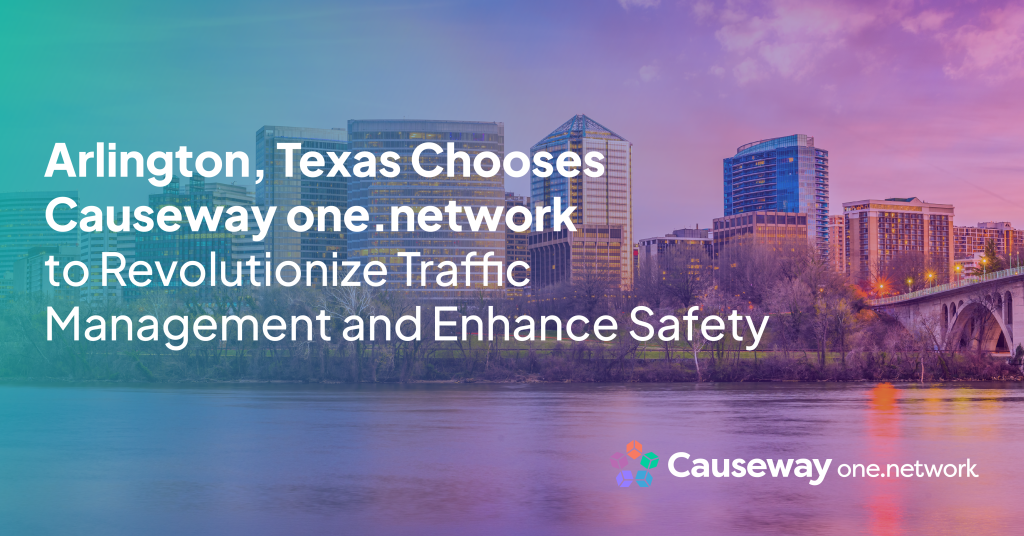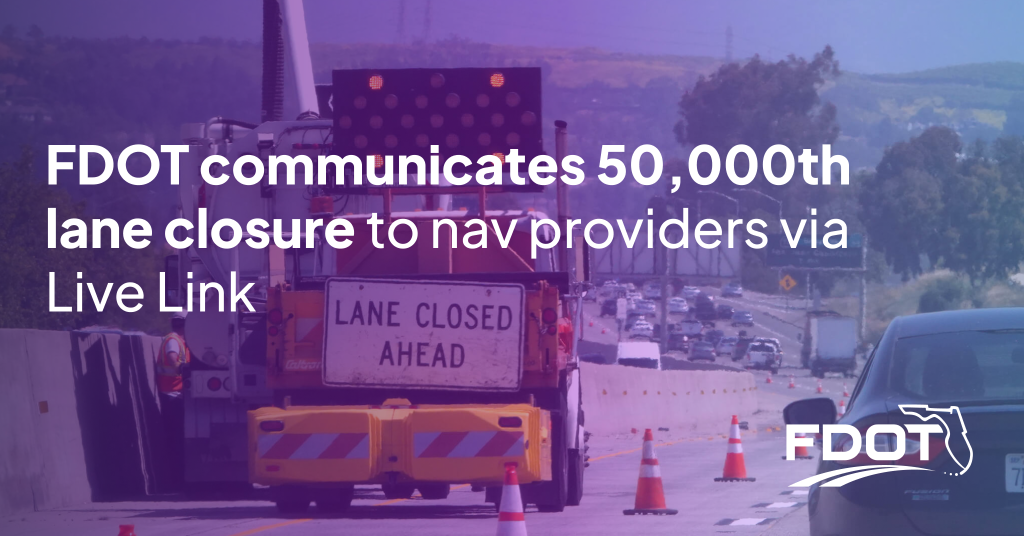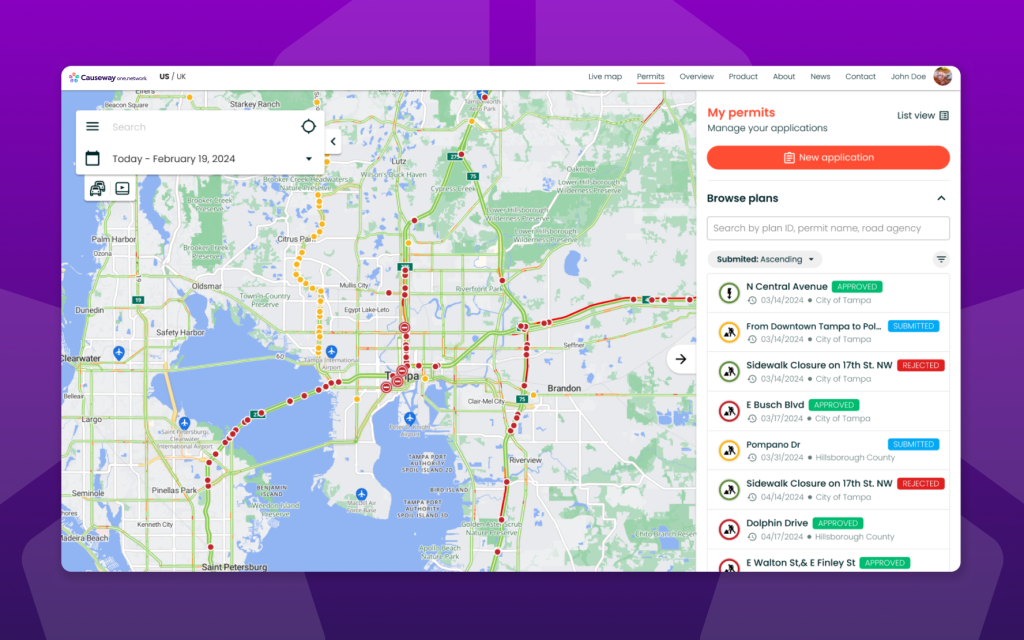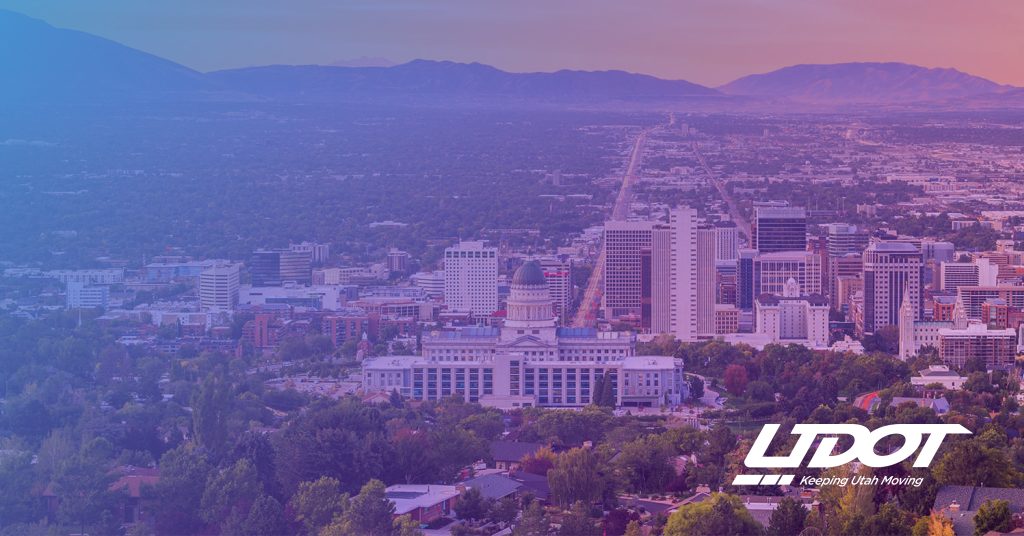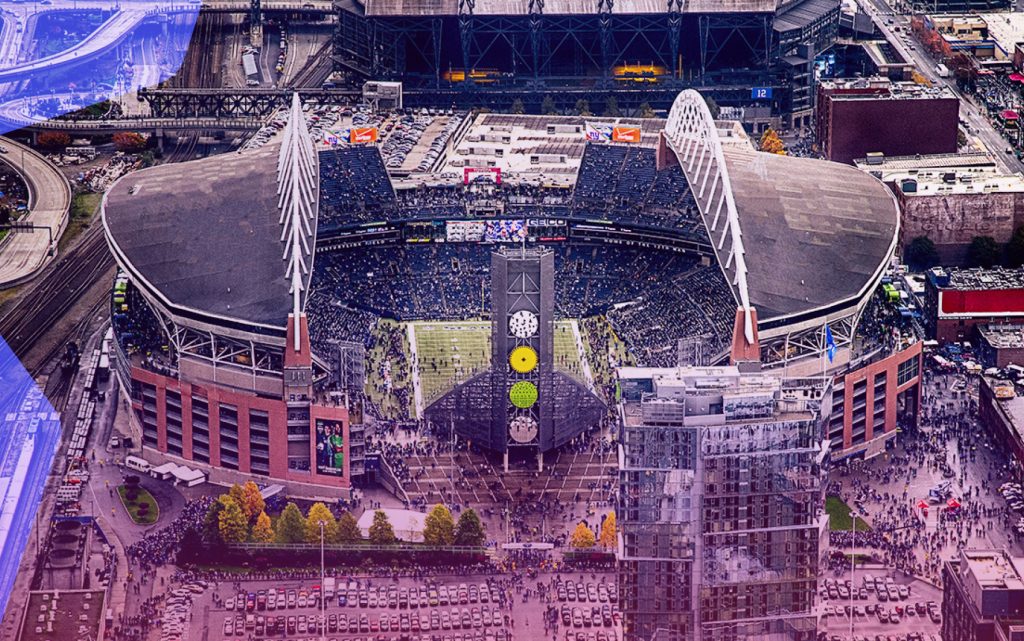10 July 2024
The Unseen Threat in Work Zones: Distraction Behind the Wheel
Tags:
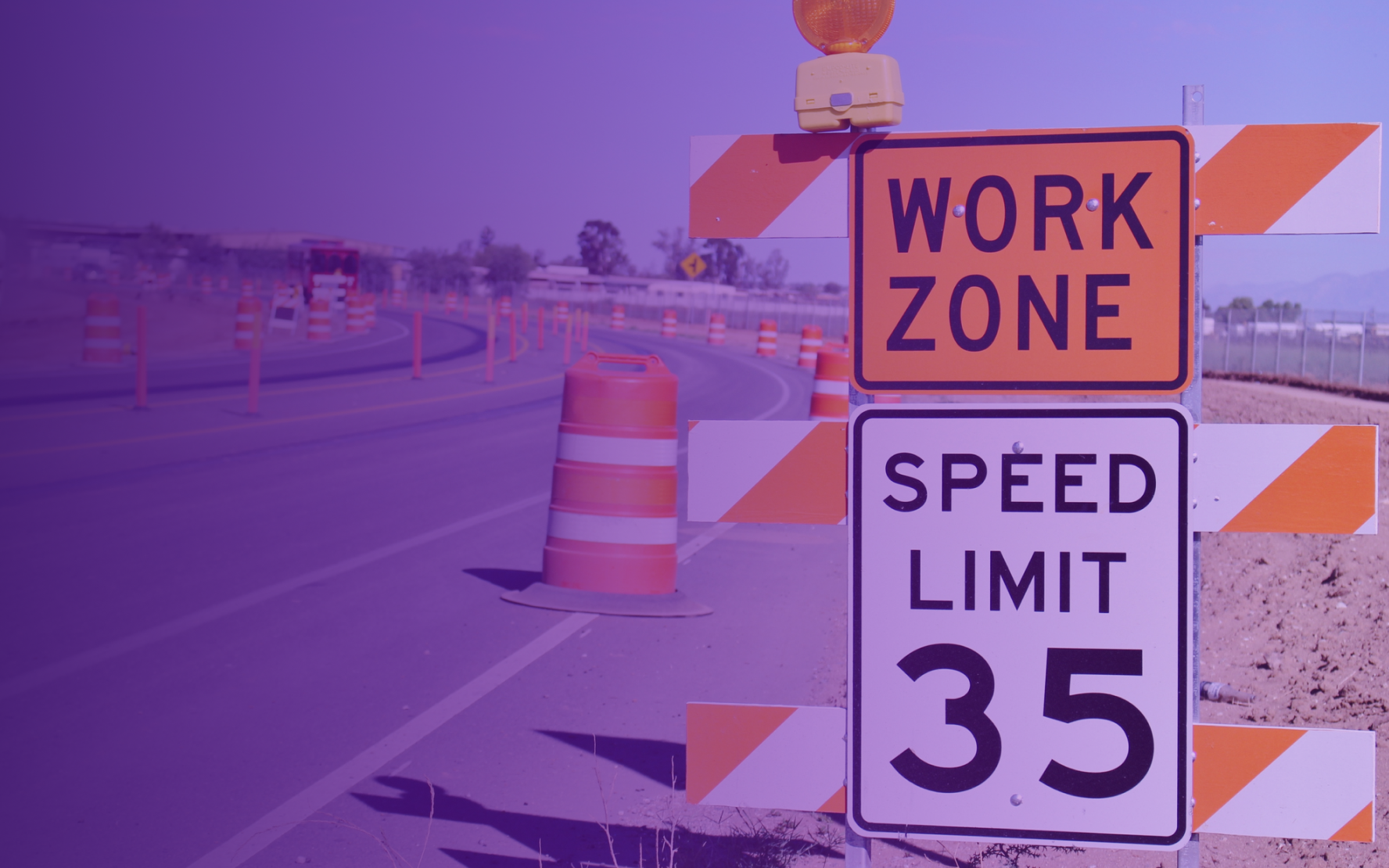
In the wake of a tragic incident in Jefferson County, where a diligent flagger lost her life while ensuring the safety of a work zone, the conversation around road safety takes a grim yet urgent turn. The stark reality that emerges from such heartrending events, including several others across West Virginia and beyond, is the pervasive risk of distracted driving—a hazard seemingly magnified by our collective addiction to mobile devices.
Despite stringent laws and awareness campaigns aimed at curbing phone use behind the wheel, the allure of the screen remains a formidable foe. It’s a bitter irony that while drivers are engrossed in their digital worlds, the real world outside poses imminent danger, especially in the delicately balanced environments of work zones. Traditional safety measures—more flaggers, enhanced lighting, and robust barriers—while essential, might not suffice when competing for the driver’s attention against the compelling pull of smartphones.
The West Virginia Department of Transportation’s (WVDOT) solemn reminder to drivers post the recent tragedy is a clarion call to reevaluate our approach towards ensuring work zone safety. Transportation Secretary Jimmy Wriston’s plea, “to lay down your cell phone, stay focused, and obey all the rules of the road,” resonates with a deep sense of urgency but also highlights a critical gap in our current safety protocols—direct communication with drivers in the language they understand: digital alerts.
Bridging the Gap with Technology: Live Link and Traffic Management
Herein lies a proven solution: leveraging the same devices that distract, to protect. By integrating work zone alerts directly into navigation apps—tools drivers are already glued to—we can transform smartphones from distractions into guardians. one.network’s Live Link and Traffic Management are pioneering this shift, enabling DOTs to communicate real-time work zone information directly to commercial navigation providers, who then alert drivers instantaneously.
This real-time dissemination of critical information directly into the driver’s line of sight holds the promise of making work zones significantly safer. Imagine a world where, instead of tempting drivers away from the road, their screens serve as conduits for lifesaving information: slowdowns in work zones, sudden lane closures, and the presence of workers mere feet from the travel lanes.
Live Link and Traffic Management are not just tools; they represent a paradigm shift in how we safeguard our roadways. By ensuring that information about every work zone is accurately and instantly available to drivers through their navigation systems, we’re speaking directly to them in the one place guaranteed to have their attention.
In embracing these technologies, DOTs can not only enhance the safety of work zones but also ensure that every worker returns home safely at the end of the day, and every driver reaches their destination without incident. It’s a call to action for all stakeholders—from road agencies to tech companies, from law enforcement to every smartphone-toting driver—to unite in the mission of making distracted driving a thing of the past.
As we move forward, let’s channel our collective efforts towards this goal. The technology is here, and the need has never been more critical. Together, we can turn the tide against work zone fatalities and ensure that our roads are safe for everyone, drivers and workers alike.
